Tag: cole thompson
December 14, 2013
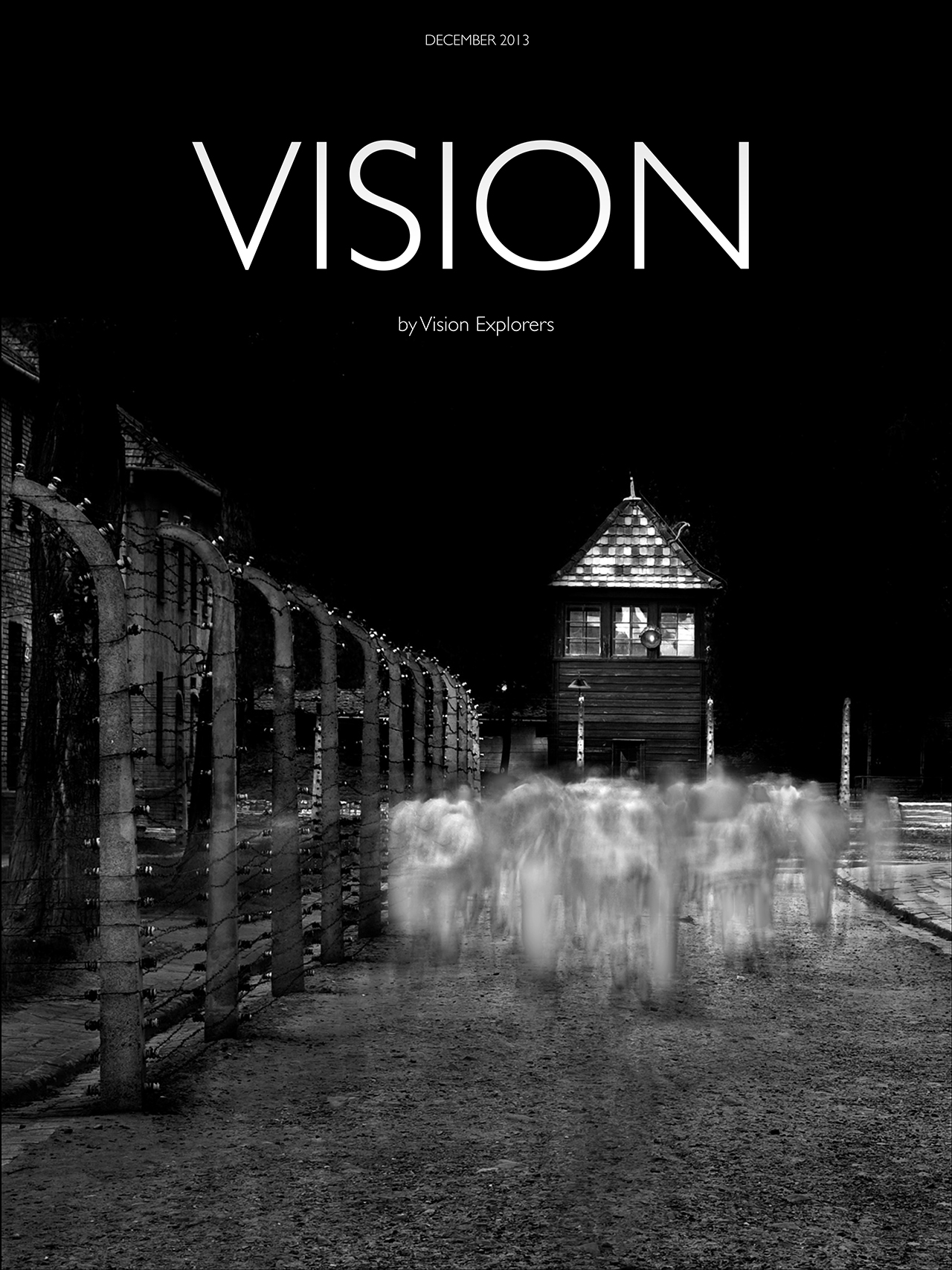
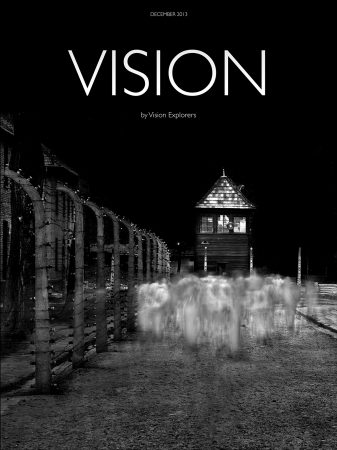
Are you familiar with the new publication Vision? It’s produced by friends of mine: Joel Tjintjelaar, Sharon Tenenbaum, Armand Djicks and Daniel Portal.
What I love about this beautifully simple magazine is that it focuses on Vision rather than equipment, processes and techniques. Here’s a great quote from their website:
“You are an artist before you are a photographer”
Because we share such similar views on vision, they asked to speak with me about the vision that created “The Ghosts of Auschwitz-Birkenau.” The interview is in the December 2013 issue.
Vision is a relevant and important publication for those who seek to improve their creative abilities. Vision is free and you can subscribe here: http://visionexplorers.com/magazine/
You can view and enlarge the individual pages of the article below, or you can View the Entire Article Here

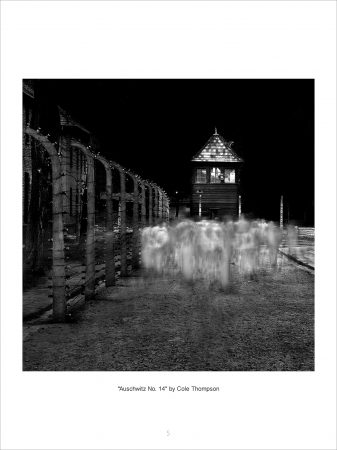
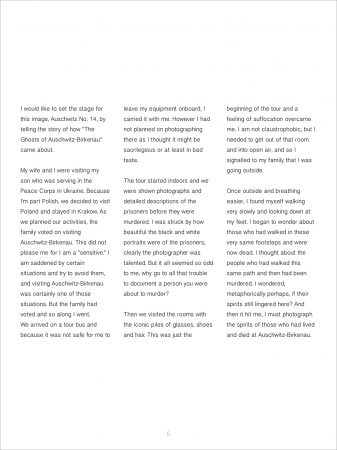
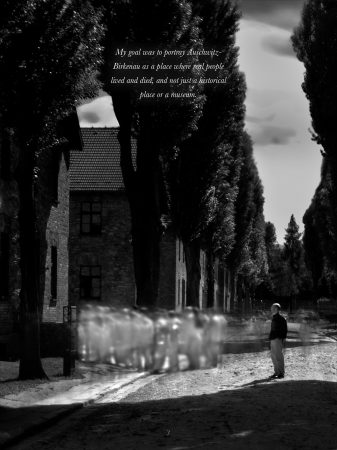
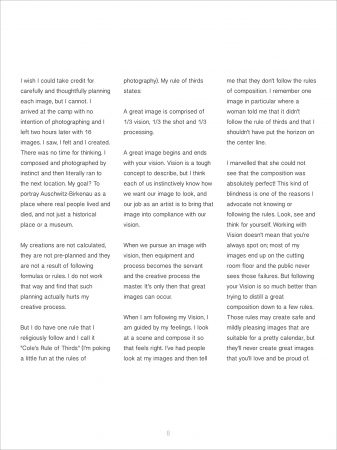
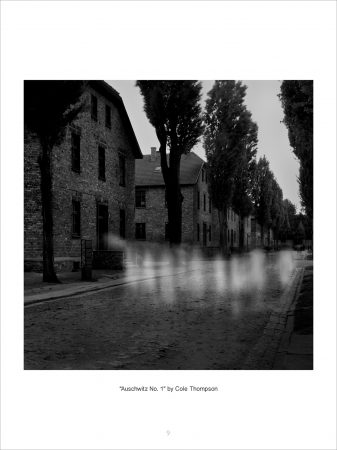
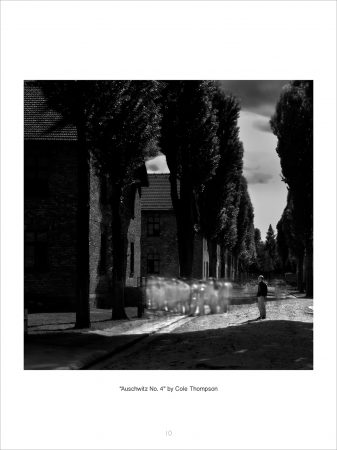
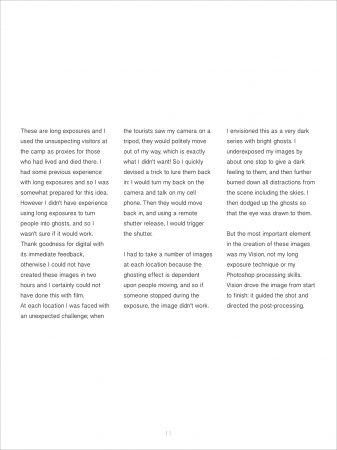
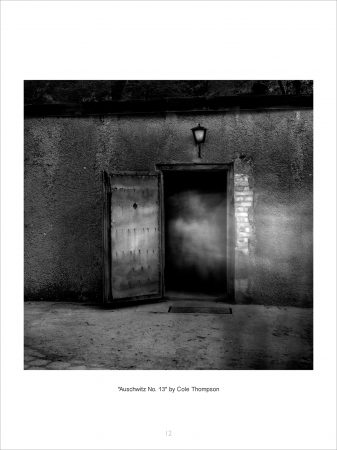
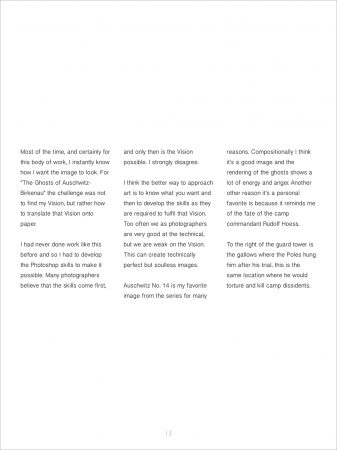
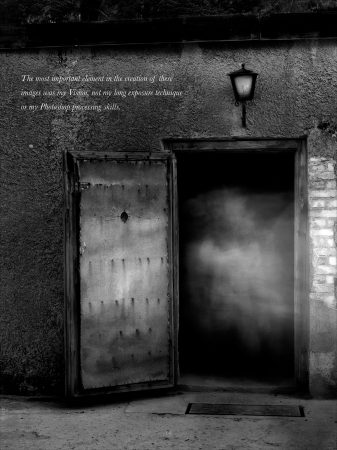
August 16, 2011
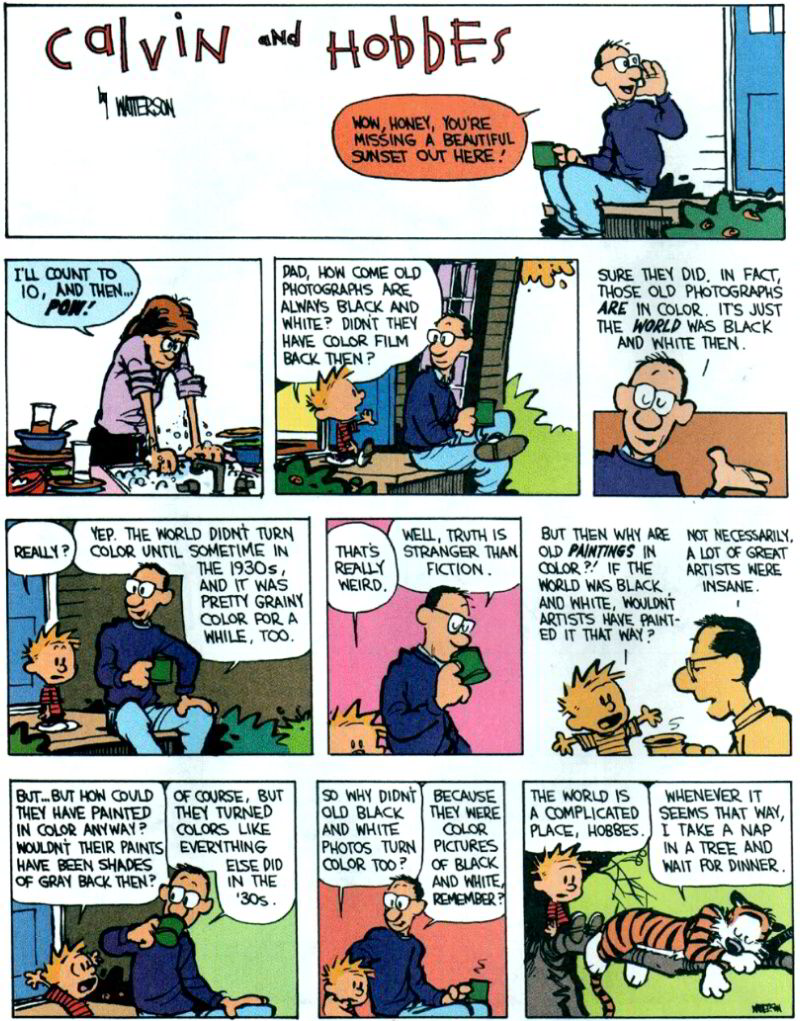

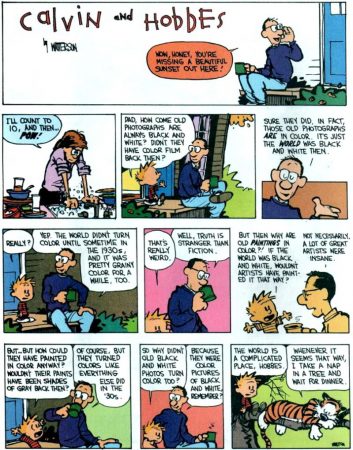
The truth about Black and White (according to Calvin and Hobbes).
http://www.reoiv.com/random.asp?img=dadbandwandcolour.jpg&page=2
Cole
P.S. Thanks to Ed Book for sending this to me.
June 15, 2011
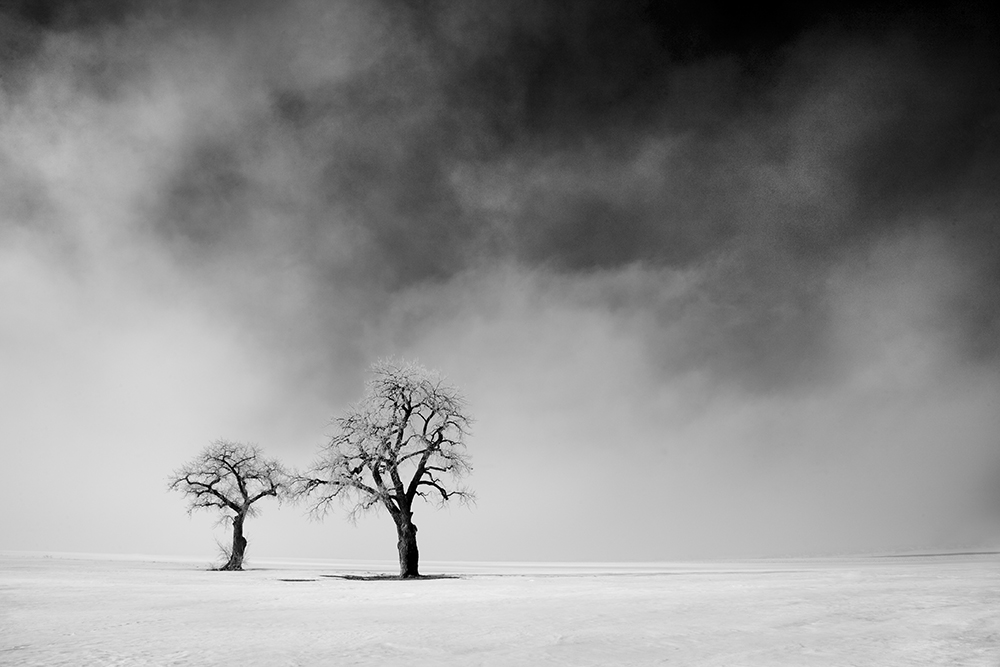
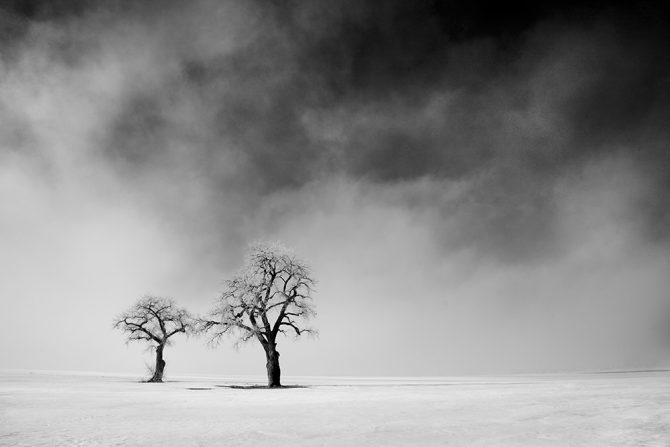
See my new video: “Trees“
Or see the images at: https://colethompsonphotography.com/portfolios/collections/trees/
I do enjoy working on portfolios, or cohesive bodies of work. There is something very satisfying about looking at your images on one subject, and see how the arrangement itself can become a new piece of art.
I know several people who have done the “photo a day” project and chose to focus on just one subject for an entire year. I think that’s a fun idea and my guess is that you’d create a very exciting portfolio!
Cole
June 1, 2011
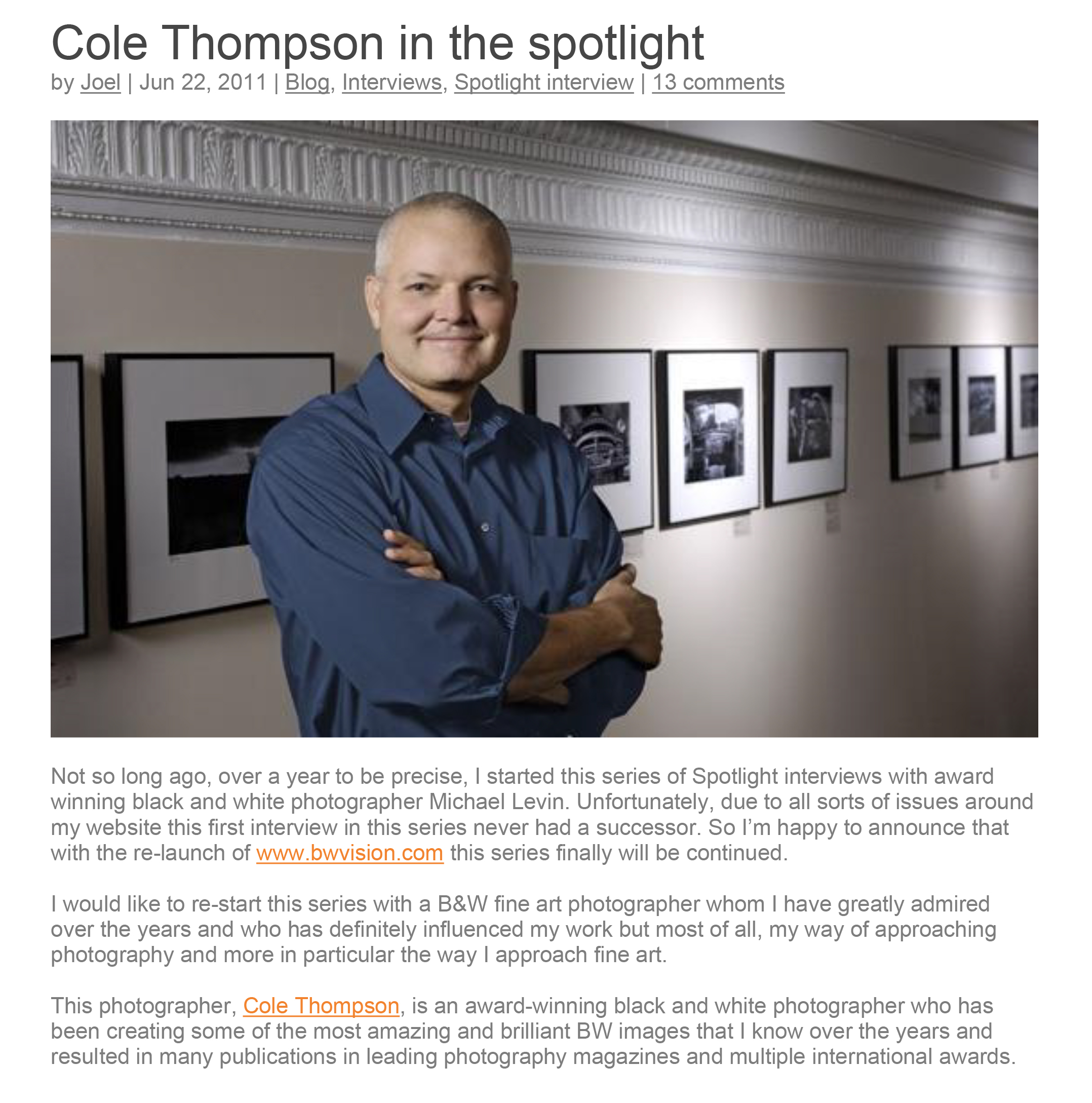
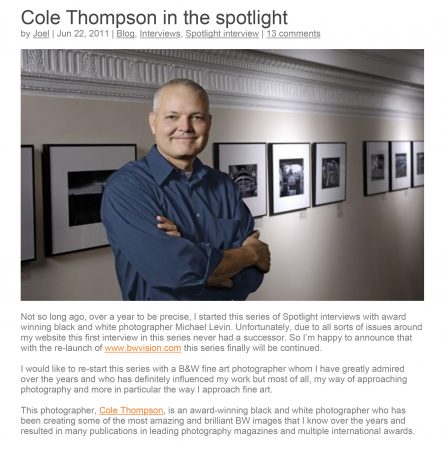
I don’t know if you’re familiar with Joel Tjintjelaar, but he’s a good friend of mine from the Netherlands. He’s also an amazing B&W photographer AND owns and runs BWVision.com. Joel is really busy!
Joel just interviewed me for his blog and you can read it here: BWVision Interview with Cole Thompson
You’ll want to keep an eye on BWVision.com over the next several weeks.
Cole
P.S. This is an image from my trip to Hawaii last week. A few more to come in my next newsletter.
May 17, 2011
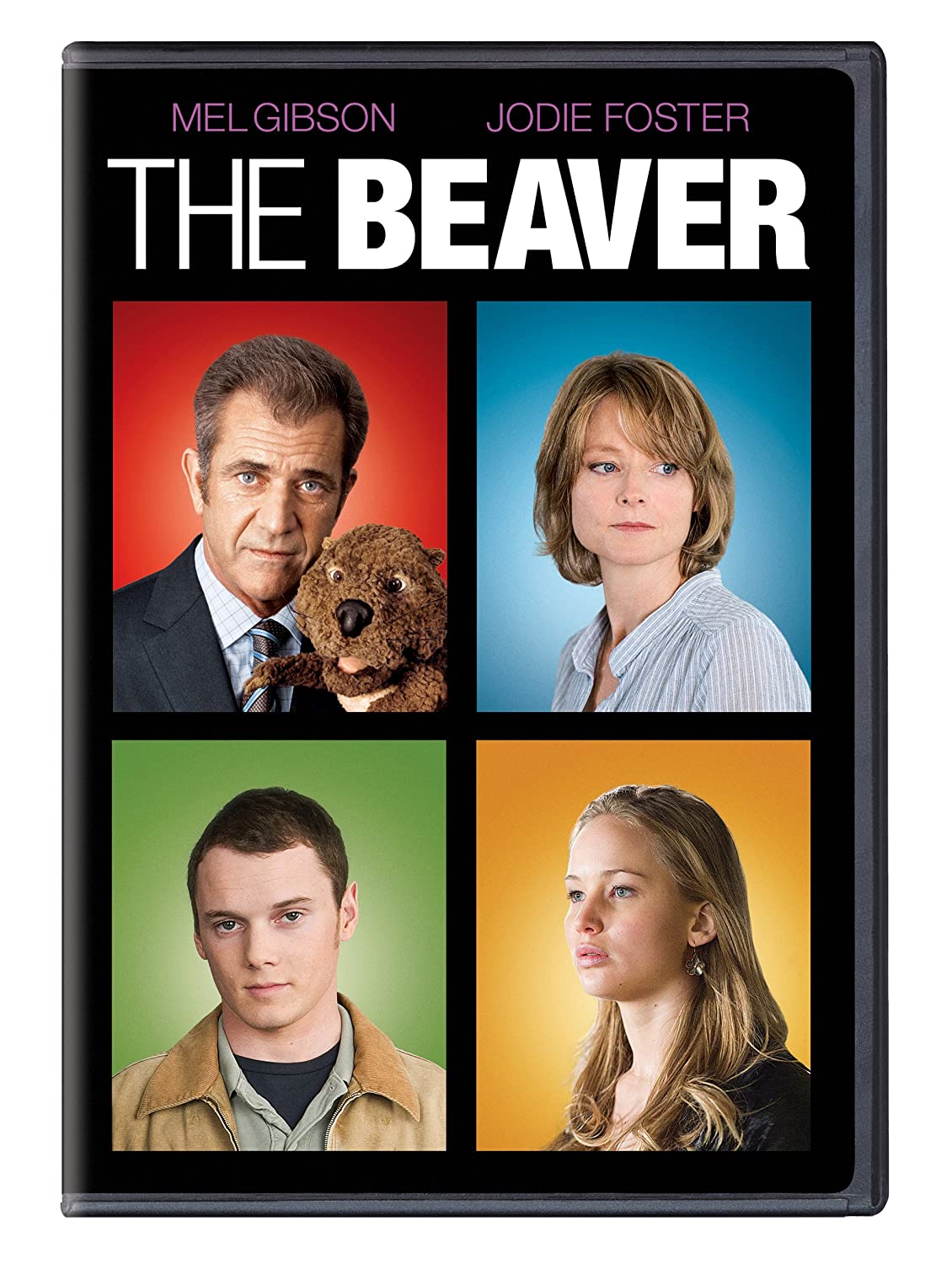
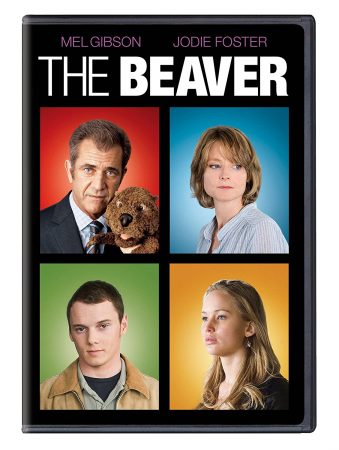
I was reading how the movie “The Beaver” with Mel Gibson and Jodie Foster (director) failed miserably at the box office. The article talked about Jodi Foster’s faith in the film and it’s message, and when asked about the financial disaster said:
“I’ve learned … that if you gauge your self-worth at the box office, you will be a very sorry person.“
How do I , as an artist, gauge my self worth? Do I base it on sales, reviews of my work, the galleries I’m in, the price of my work, how many important people like my images and the awards I receive? Is it possible to be feel successful and not achieve all of these accolades?
External success is a fickle mistress; she may love you one day and not even know you exist another. You’ll never really know her, for her standards change frequently and she’s always looking for her next new lover. To measure success by her standards can lead to an insecure existence and frustration as you try to win her love back by creating work that you hope will please her.
For me, art is an expression of the heart and only one opinion matters; mine. It is my creation and if I love it, then it doesn’t matter what another thinks of it. Success is a internal standard that must be met before any external measures matter. Please do not misunderstand, I still enjoy showing my work, exhibiting it and I do gain pleasure when others like it. But these are not the reasons why I create and those things are not necessary for me to feel good about my work or myself.
Perhaps my resume says it best (https://colethompsonphotography.com/Resume.htm):
Resume:
My art has appeared in numerous exhibitions and publications, and has received numerous awards. And yet my resume does not list those accomplishments, why?
In the past I’ve considered those accolades as the evidence of my success, but I now think differently. My success is no longer measured by the length of my resume, but rather by how I feel about the art that I create.
While I do enjoy exhibiting, seeing my work published and meeting people who appreciate my art, this is an extra benefit of creating, but this is not success itself.
I believe that the best success is achieved internally, not externally.

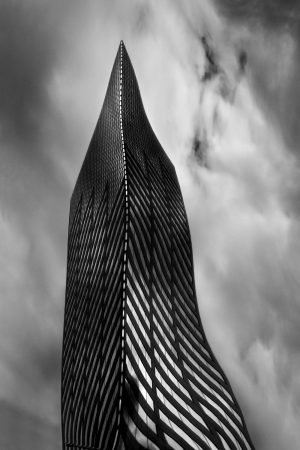
One of the reasons that I’ve been pursuing my recent portfolio entitled The Fountainhead is because I love the philosophy of the novel by the same name. I create these images to honor one of the core principles illustrated in the book; achieving success on one’s own terms.
This has been a perfect project for this purpose because in truth people have not been that enamored with my new images and they may never obtain much exposure, fame or fortune.
But that’s okay! I love these images and have had a wonderful time creating them. And I feel very lucky when I do come across another who appreciates the series because they share my love of architecture or because they can relate to the message of The Fountainhead. For me, this is success.
One of my favorite quotes from The Fountainhead serves as my artist statement for this series. This is an exchange between the main character Howard Roarke who is a young architectural student, and the College Dean who has expelled him for not conforming to the design standards of the day:
- College Dean: My dear fellow, who will let you? (design buildings)
- Howard Roarke: That’s not the point. The point is, who will stop me?
Who can stop me from achieving my own idea of success? No one can.
Cole
February 4, 2011
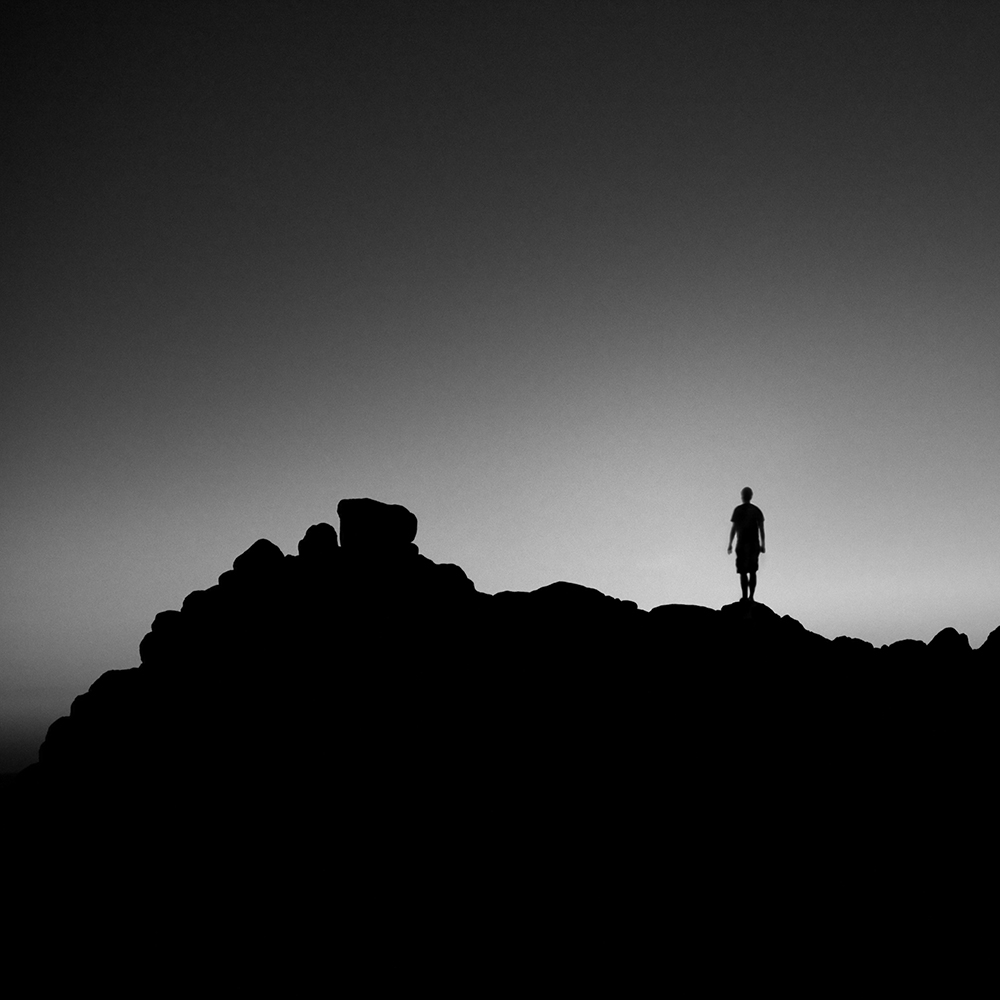
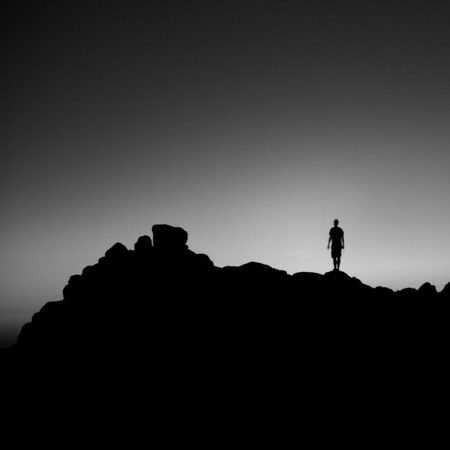
I’ve just created a new “Cole Thompson Photography” YouTube channel. Here you can see all of my videos in one place and if you subscribe, you’ll be notified when new videos come out. To subscribe, please follow this link and hit the “Subscribe” button at the top of the page:
I’ve also just posted three new videos based on the images from my Lone Man and Monolith portfolios and one covering the new images from my 2/4/2011 Newsletter. You can see these here:
You might wonder why I’m creating these videos? There are a few reasons;
- It’s a different way to reach different people, those who may not normally visit a photographer’s website.
- The images often have more impact when viewed together as a group and with great music.
- It’s a lot of fun to create these, using your favorite music and experimenting with different transitions.
- It’s a good way to build traffic to your website and to improve your SEO.
What do I mean by SEO or Search Engine Optimization? Go to Google and type in “b&w fine art photography” and tell me what you see.
Thank you everyone for your support and comments, I do appreciate it!
Cole
June 11, 2010
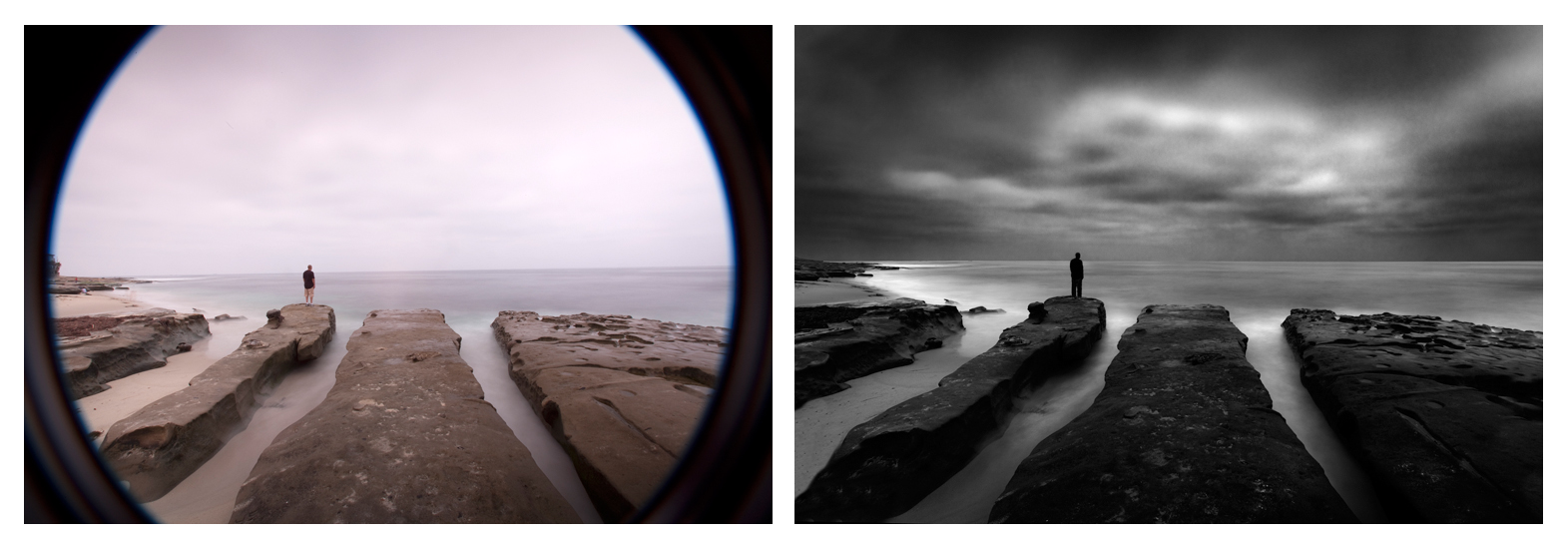
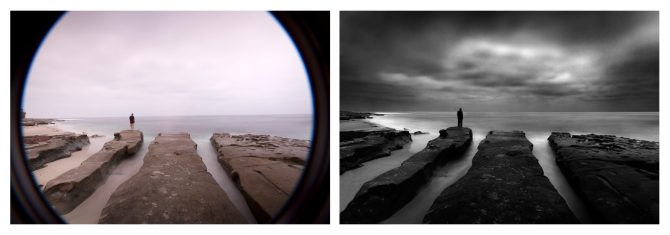
I often receive requests to show some “before and after” images to help people understand how much of my work is done in camera and how much is done in Photoshop. I’d say it’s generally about 50/50 but that can vary by image with some images almost ready right out of the camera and many requiring extensive processing in Photoshop.
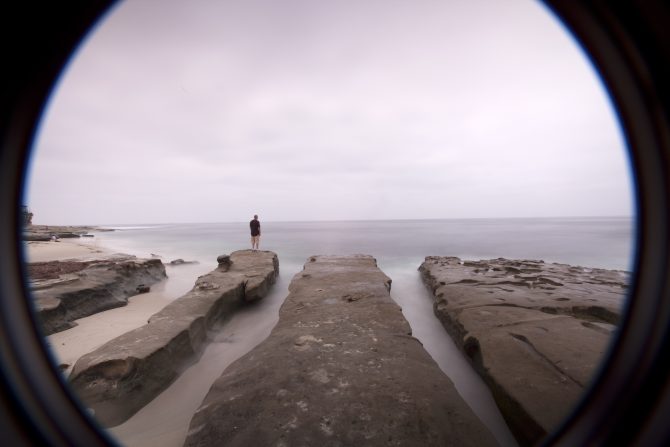
Lone Man No. 20 is a good example of a 50/50 image. As you can see, the image I started with and the final image are both quite similar and yet quite different. The original shot has all of the important elements; the composition, the long exposure of the water, the clouds and the lone man, but it doesn’t have the dramatic effect of the final image.
Probably the first change you’ll notice in the final image is that the severe vignetting has been repaired. I was shooting with an extremely wide angle lens and I had two stacked neutral density filters on my lens, as a result a great deal of the filter was included in the photograph. To repair this I first cropped the image and then I used the clone tool to fill in the missing corners.
Next you’ll notice that the sky in the original image has very low contrast and is quite bland. To bring out the sky detail I split the image into two halves, upper and lower, and converted them to b&w differently. In each conversion I used Photoshop’s “Channel Mixer” but in the upper half I used some blue channel to improve the contrast and detail in of the sky. Next I used some pretty aggressive dodging and burning to bring out the definition and detail in the clouds, this information was in the image but it was almost hidden to the eye. As a rule you can generally recover image detail as long as you have not over-exposed the image to the point that you have blown out the highlights.
Note: one of the side-effects of using blue channel in the conversion and dodging and burning is that the image can get very grainy. When using this technique you must carefully balance the good-effects with side-effects.
Next I converted the lower half of the image to b&w, darkened the image and greatly enhanced the contrast. This dark and contrasty approach is the look that I like and it often has the effect of making daytime look like night time. The March/April issue of Photo Technique Magazine featured an article on my work and they used the phrase “Darkness at Noon” to describe this look.
All of this produced a basic final image, but it still didn’t have the dramatic impact I was seeking and that I had pre-visualized before I captured the image. So my final step was to dodge and burn to bring out the highlights and selectively darken blacks to locally enhance contrast. As I did this I carefully monitored the histogram below:
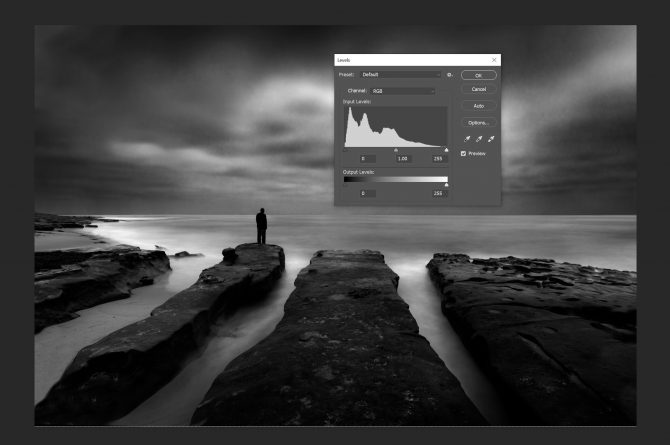
 This histogram shows that I have a good black and a good white, something your eye cannot always discern when looking at the image on the screen. Monitors are often out of adjustment and our eyes can be fooled, but the histogram never lies. People often complain to me that what looked good to them on screen, often prints flat and muddy. Generally the problem is revealed in their histogram; they lack a “true” black and good contrast.
This histogram shows that I have a good black and a good white, something your eye cannot always discern when looking at the image on the screen. Monitors are often out of adjustment and our eyes can be fooled, but the histogram never lies. People often complain to me that what looked good to them on screen, often prints flat and muddy. Generally the problem is revealed in their histogram; they lack a “true” black and good contrast.
As you can see from my final image, it does not represent reality. Reality is not my goal but instead I strive create images that reflect how I see the scene through my vision. That is why I advocate that photographers work just as hard on developing their vision, as they do on their technical skills and equipment. The image begins and ends in your mind’s eye.
February 27, 2009
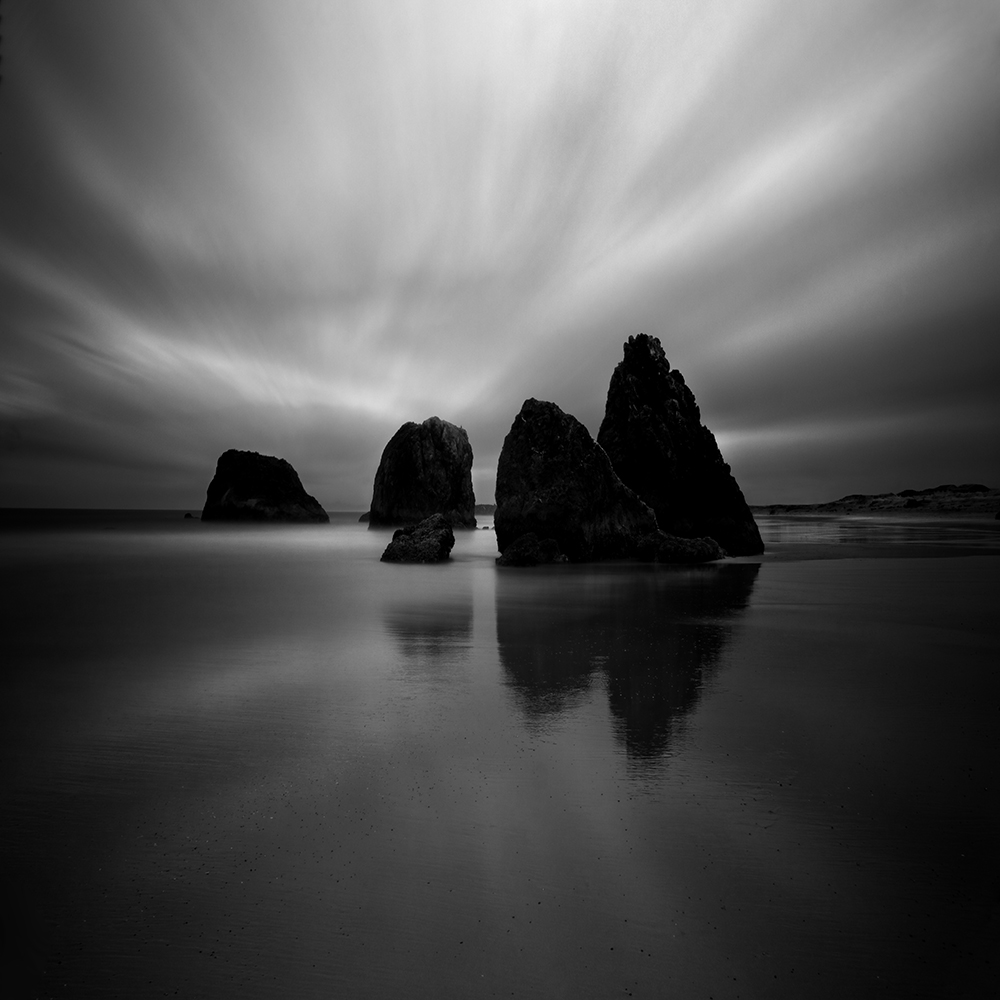
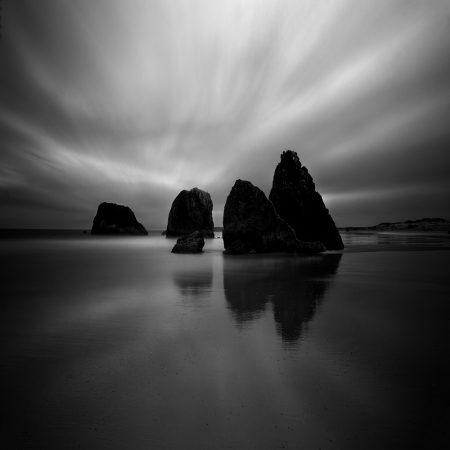
Dear Abby;
I’d like to get into digital photography, but I’m afraid.
Afraid because there seems to be so much to learn about Photoshop! Profiles, curves, masks, adjustment layers, RIP’s, and etc. I’ve been reading the manual for 4 hours a day for a month now and I still feel like I know very little.
Please help! Signed “Reluctant in Rochester.”
~
Dear Reluctant;
I feel your pain! Technology can be overwhelming and the size of the manuals today, Oy Vay!
But there’s good news, you don’t have to read the manual before you start using Photoshop and you certainly do not need to use all of it’s features to produce wonderful images.
My close friend and FANTASTIC photographer Cole Thompson (smile) says that he generally only uses the contrast tool, and dodging and burning. He uses the same techniques in Photoshop that he used in the darkroom, it’s a very simple and effective approach.
In fact, a few years back Popular Photography did an article on him entitled The Photoshop Heretic. They said of him: “Cole Thompson breaks every rule in the book, but he makes digital black-and-white prints that will take your breath away. Just don’t try this a at home.”
An approach Cole favors is to just jump in and try something, and once you get stuck, then look up the answer. He says that he only uses about 2% of Photoshop’s features anyway, so don’t be intimidated by all of them!
Go ahead, give it a try, it’s not as complicated as you think!
Signed, Abby Thompson
~
Click Here to Read the Photoshop Heretic
February 22, 2009
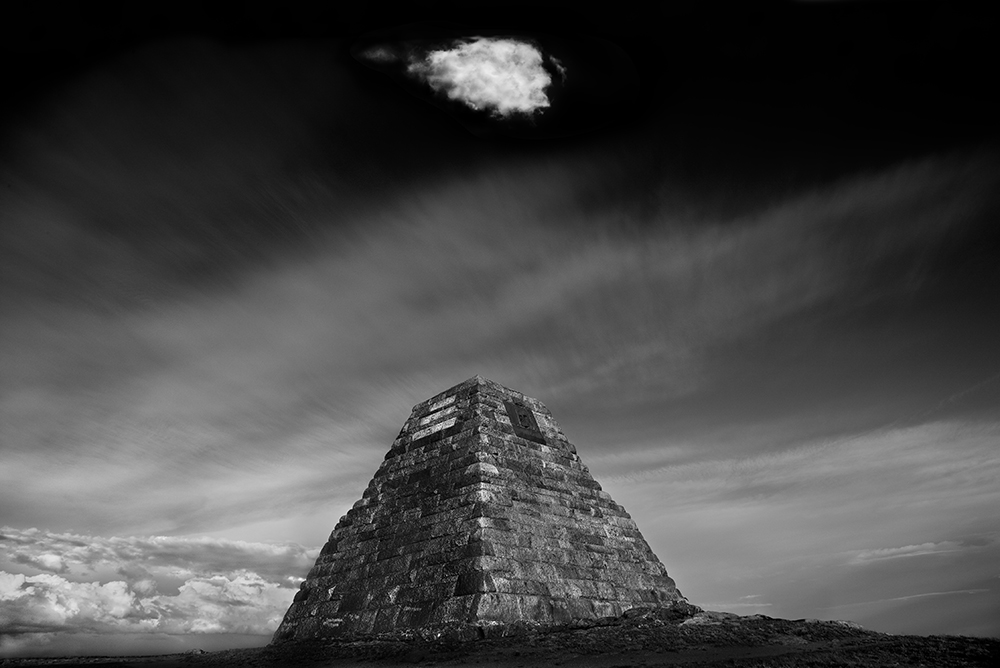
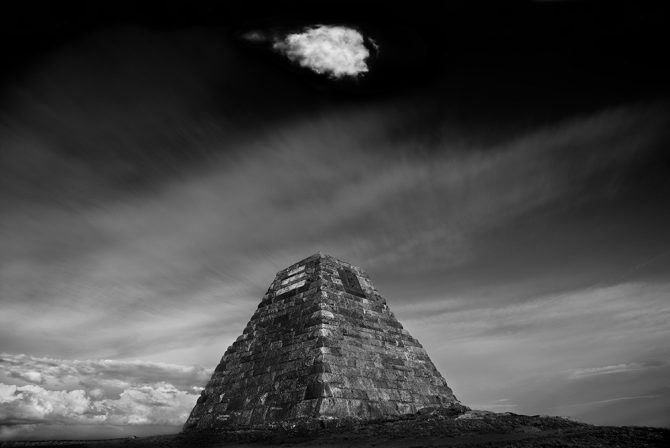
A friend recently wrote me and said that I had come a long way, and asked “What in retrospect could you share with me about your journey?”
My answer was:
1. I stopped thinking like a photographer and started thinking like an artist.
2. I quit looking at other photographer’s work; it lead to imitation and limited my imagination.
3. I stopped listening to other’s advice on my work; it was sincere advice but it came from the perspective of their vision, not mine.
4. I strove and am striving, to find my own Vision.
I am certain there will be those who disagree with these points, but remember I do not offer them as advice, but only share what worked for me.
Cole
January 10, 2009
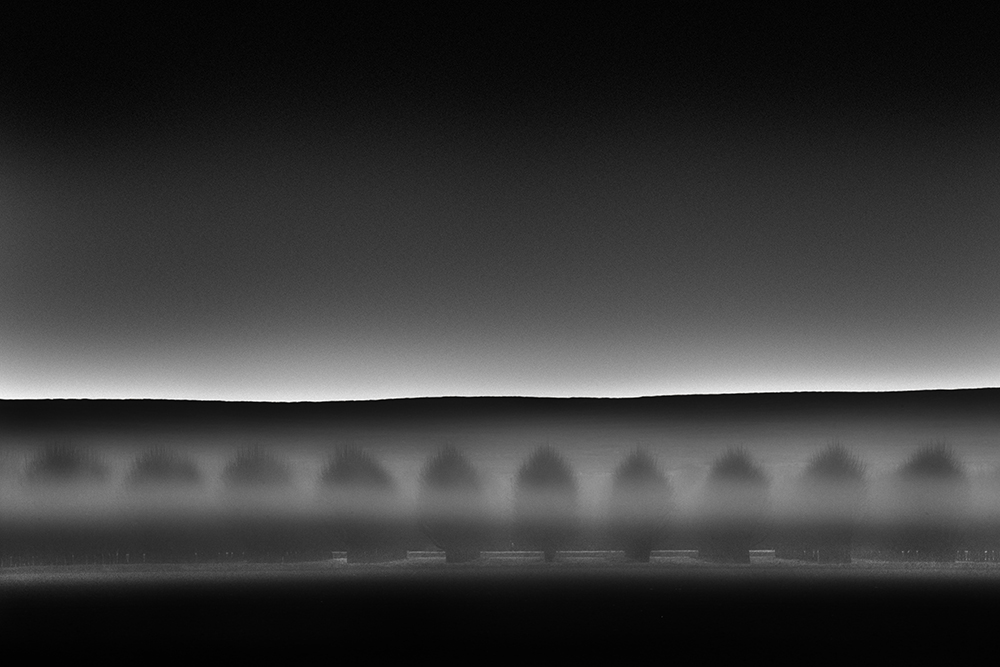
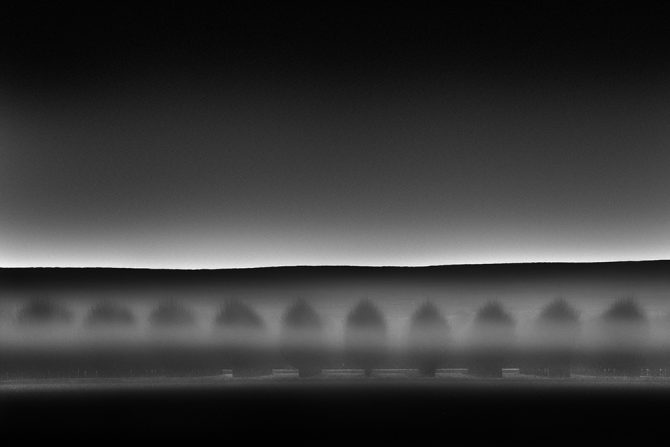
I just drove down to Las Cruces, NM for an exhibit of my work at the Preston Contemporary Art Center. I was there for a week and had a fantastic time; the Preston Center is new and UNBELIEVABLY nice, the town is small, friendly and warm (it was 68 degrees one day) and it’s extremely affordable.
I had some good luck with my art while there and think I might have added a couple new images to my Harbinger series. Above is an image I created of a Pecan orchard at dusk.
If you’d like to get away for a few days this winter, consider Las Cruces. I think it’s about to be “discovered.”
Cole
